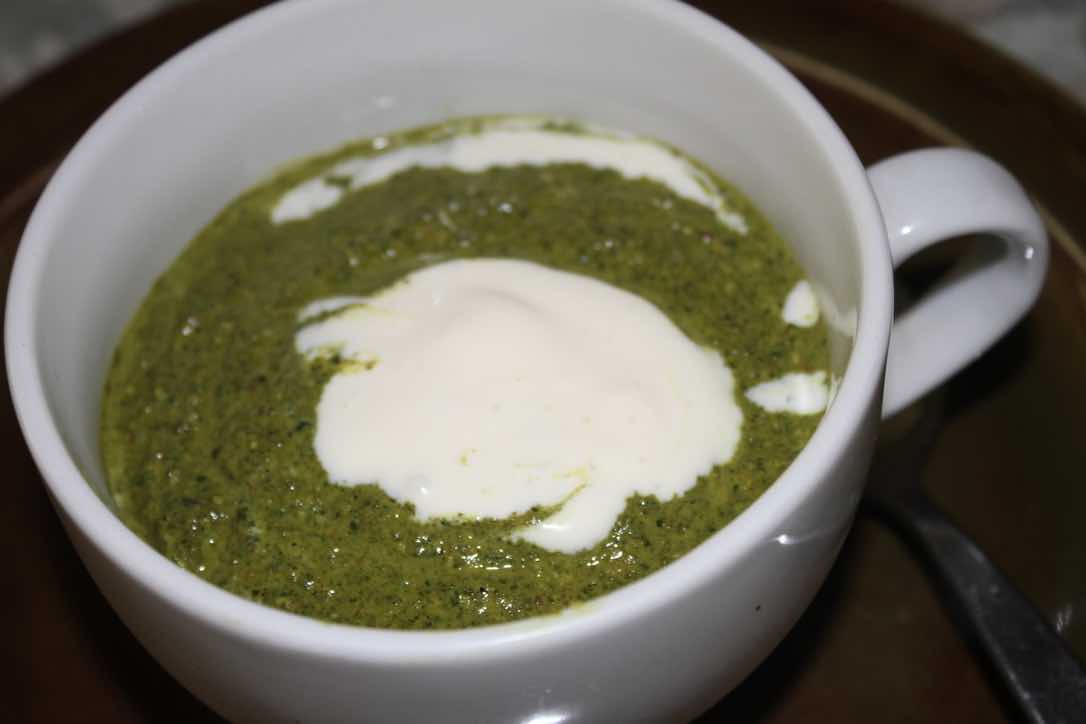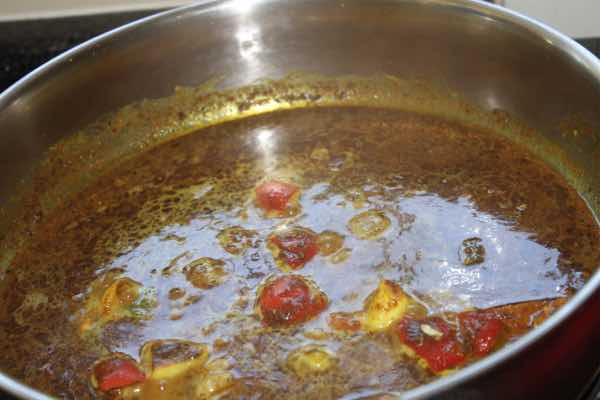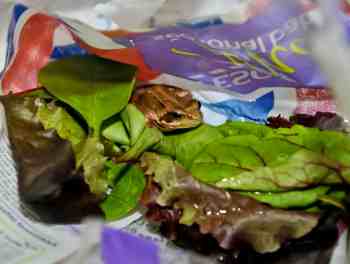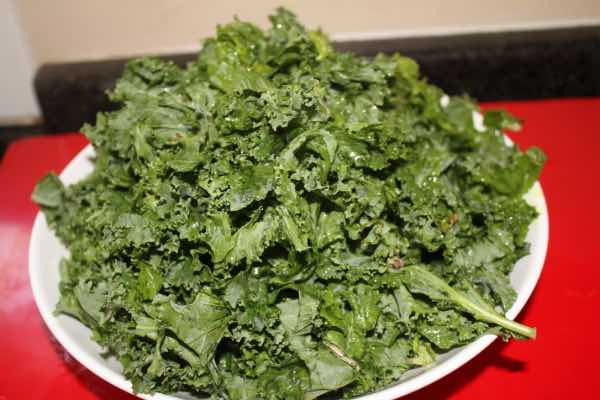- Bernard Preston homepage
- Fast dinners
- Indian Saag Recipe
Indian Saag recipe
Indian saag recipe is simply a delight to the taste-buds.
I am sure all of us periodically go out to dinner and have a new-dish that we know we simply have to try; such was it with this
recipe. I had never heard of it before.
The invitation to join friends at an Indian restaurant was always going to be a challenge for the old folk who like their home-cooked fare; and find going out is often the recipe for stomach pain at midnight.

This was the exception that proves the rule; go out with friends to dinner occasionally even if you think you can cook better than the chefs. Now and again, you come across a place like Mali's restaurant in Durban, South Africa; and find that they can certainly do Indian fare far more flavoursome than you ever could.
In fact when I go to a restaurant offering a curry, I always ask if there is an Indian-chef which makes me unpopular. Does that make me a racist?
Ingredients for two
- 5 cups of chopped* Swiss-chard
- 5 cups of kale
- 1/8 pound of butter or 1/4 cup olive-oil
- 1 red peppadew*, including the seeds
- 1 clove of garlic
- 1.5 tsp of freshly-ground whole cumin seeds
- 1 tsp whole freshly-ground coriander seeds
- 2 cardamom pods
- 1 tsp of ground tumeric
- Chunk of cinnamon-bark
- Handful of cashew-nuts
- 1 cup of chicken or vegetable-stock
- 1/4 tsp of salt
Cooking
20 min
Preparation
20 min
Total
3/4 hour
Go for it

- Add the coriander and cumin seeds to a heavy-pan and roast briefly until the intense fumes start smoking. Remove from the heat and mill as finely as possible; we use a coffee grinder.
- Add the butter to the pan and stir in the coarsely-chopped garlic, peppadew and turmeric for a minute or two.
- Then add the freshly-roasted and ground cumin and coriander; and the cinnamon stick. Stir for another minute.
- Pulse the nuts in a blender and add.
- Add the stock and bring to the boil.
- Meantime devein and then wash the Swiss-chard and kale.*
- When the stock is boiling, toss in the greens and salt. Cover and allow to simmer for five-minutes; a bit longer if you have included the stalks.
Pour the whole into a deeper container; using a stick blender, whir it up until it is rather smooth. Some folk like it coarse; in fact you really do not need to liquidise it at all if you would rather not.
Pour your steaming Indian saag into deep bowls, swirl a little fresh-cream over the surface and enjoy it with a wholegrain bread and butter.
I loved the roti bread at the Indian restaurant but it is made with cake-flour. That is only for high and holy days in my book; it is little different to white toast, nutritionally speaking.
I cook many of my recipes in different ways; here's another one. It has ginger, feta and fresh-lemon. On balance I prefer the cumin and coriander-seeds finely ground.
- Warm the butter in a large pan over medium-heat until it has melted.
- Add the coriander seeds and cardamom-pods and simmer for a couple minutes whilst stirring.
- Now add the diced-onion and fry for about five minutes.
- Stir in the chopped-garlic and ginger for another minute or two.
- Now the add the chopped-spinach and peppadews and cook for about 4 minutes.
- Allow to cool for a few minutes, pour into the blender, add 1/4 cup water, a quarter of a lemon, including the pulp and some of the zest, cashew nuts and whizz it up.
- Return it to the pan and first warm and then add the feta-cubes, and simmer for another 5 minutes.
- Separately, melt a couple tablespoons of butter on medium to high; add the cumin seeds and stir for no more than a minute until they just start to brown. Pour over the spinach.
Notes
- You are going to liquidise this Indian saag recipe, so only very coarse-chopping of the ingredients is necessary. However, grind the spices very finely.
- Indian dishes in my naivety seemed to be only red-hot. Notice that there is no chili powder in this Indian saag recipe; it will not burn but has all the rich flavour of the spices.
- Peppadews are a mild-chili; use a hotter paprika like jalapeno if you like.
- Spinach and kale stalks are fine. If you need more fibre for you know what, then include them. They have a greater effect on lowering blood-pressure.
- Wash the greens thoroughly to get out any frogs, snails and other creepy-crawlies that also love organic veggies; if there are none, then you know they have been sprayed. Discard and start again if you value your well-being. They are the mark of authenticity; my equivalent of the king's taster.
Use rather less of the salt and spices, than too much.

Did you spot the frog?
Indian saag recipe

Indian Saag recipe has many of our favourite ingredients; kale, spinach and several spices.
Each of these spices would have their specific merit for those involved in herbal medicine but the quantities are small and would constitute micronutrients; for example, the allicin in the garlic, a phytochemical in cumin that reduces inflammation and so on.
Swiss chard, spinach and particularly the kale are rich in another phytochemical called lutein that protects the macular in the eye from degeneration; just as the cartilage in joints can age and make us crippled if we refuse to eat the right stuff, so this substance helps to protect us from cataracts and blindness in old age.
Macular degeneration is the chief cause of age-onset blindness; I would rather enjoy this Indian Saag regularly. Would you not too?
Along with another phytochemical called zeaxanthin, lutein is very important for the macula of the eye.
If you are a smoker, and eschew your greens, then I am afraid you had better start planning for lutein macular degeneration; the research is strong.
I have to be careful with starches so I was particularly pleased to read about cinnamon and diabetes.
Newsletter
Our newsletter is entitled "create a cyan zone" at your home, preserving both yourself and Mother Earth for future generations; and the family too, of course. We promise not to spam you with daily emails promoting various products. You may get an occasional nudge to buy one of my books.
Here are the back issues.
- Lifestyle and ideal body weight
- What are ultra-processed foods?
- Investing in long-term health
- Diseases from plastic exposure
- Intensive lifestyle management for obesity has limited value
- A world largely devoid of Parkinson's Disease
- The impact of friendly bacteria in the tum on the prevention of cancer
- There's a hole in the bucket
- Everyone is talking about weight loss drugs
- Pull the sweet tooth
- If you suffer from heartburn plant a susu
- Refined maize meal and stunting
- Should agriculture and industry get priority for water and electricity?
- Nature is calling
- Mill your own flour
- Bake your own sourdough bread
- Microplastics from our water
- Alternative types of water storage
- Wear your clothes out
- Comfort foods
- Create a bee-friendly environment
- Go to bed slightly hungry
- Keep bees
- Blue zone folk are religious
- Reduce plastic waste
- Family is important
- What can go in compost?
- Grow broad beans for longevity
- Harvest and store sunshine
- Blue zone exercise
- Harvest and store your rainwater
- Create a cyan zone at your home
I cannot stress enough that kale and spinach are two of the easiest vegetables to grow in your garden. Freshly-picked and washed makes such a difference to both the flavour and nutrient content. Oxidation is the great enemy.
To enrich this Indian Saag recipe, you could toss in a few freshly picked, or frozen if you must, green peas to increase the protein.
Remember that a recipe is only the starting point; go on and use your own creativity to make your special dishes. Cooking and experimenting with this and that is such fun; following Bernard Preston slavishly, or any recipes for that matter, is so dull.
- Half an avocado
- Handful of cashew nuts
- A few tablespoons of cooked chickpeas
- A square of feta, but then no salt to your Indian saag recipe; you can always add more at the table.
Turn your cooking into an art; be willing to experiment.
For the gardener in you
If you really want choice food, then I strongly recommend you make two small-patches in your garden, about a metre square each, dig in some compost and find out how to grow spinach; kale is grown in exactly the same way from seed.
Or seedlings from your local nursery would be quicker.
Everyone should be concerned with macular degeneration; it is the chief cause of age onset blindness. A deficiency of lutein is one of the main problems; yes, kale and spinach are amongst the richest sources.
Take the Amsler test. Using one eye at a time, with your glasses on, focus on the dot at the centre; are there any wavy, distorted or blurred lines?

For more specific details on taking the Amsler test, go to our lutein macular degeneration page.
- Nutritional value of kale is what it's all about.
- A review on the dietary flavonoid kaempferol in kale
When browsing use right click and "Open Link in New Tab" or you may get a bad gateway signal.
SUMMARY
Indian Saag is easy to make if you have fresh greens like kale and spinach at hand. It is rich in many micronutrients and minerals; the rutin in cumin is a powerful antioxidant mopping up damaging free radicals.
Did you find this page interesting? How about forwarding it to a friendly book or food junkie? Better still, a social media tick would help.
- Bernard Preston homepage
- Fast dinners
- Indian Saag Recipe
Address:
56 Groenekloof Rd,
Hilton, KZN
South Africa
Website:
https://www.bernard-preston.com